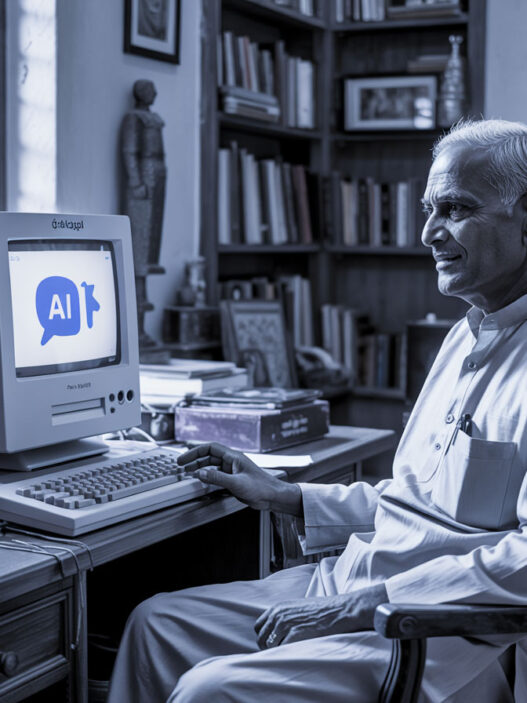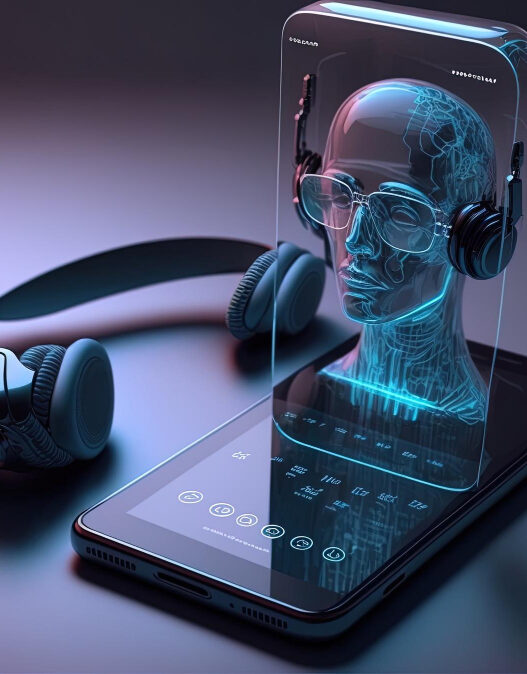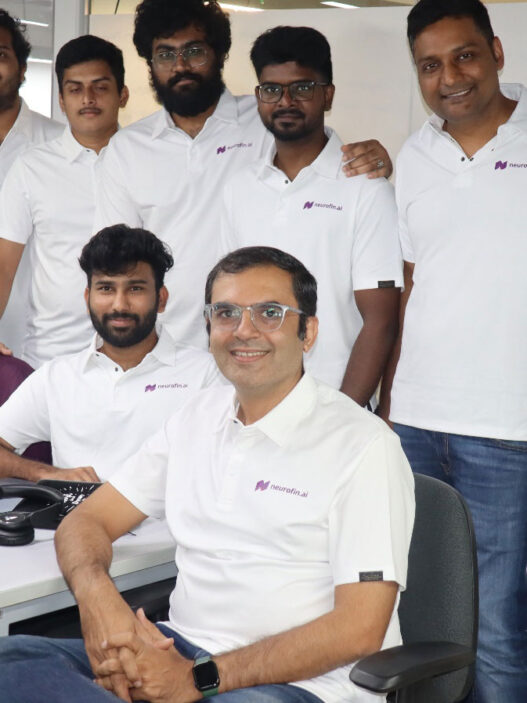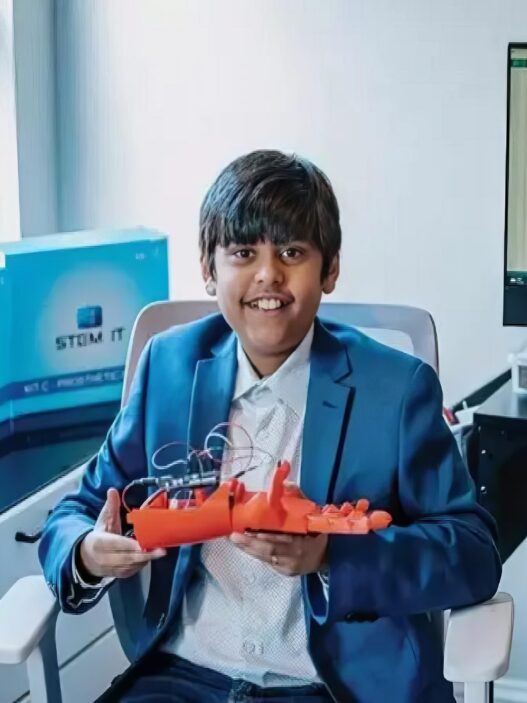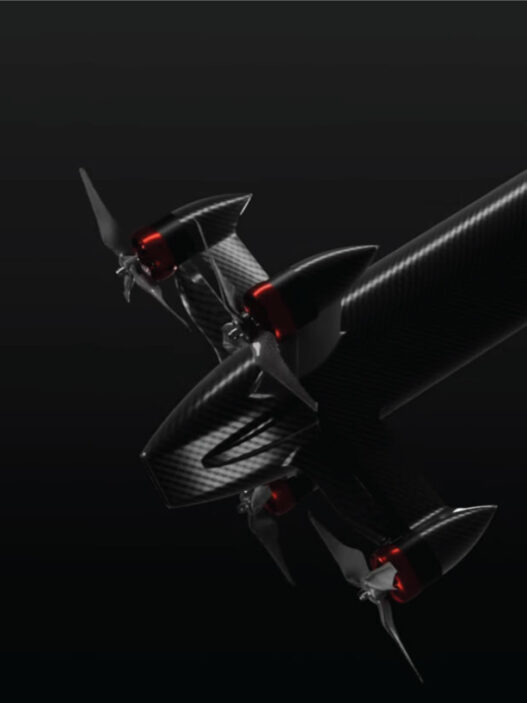Imagine watching your favorite show in another language and—rather than the familiar disconnect—every word, every subtle inflection, syncs with the actor’s lips as naturally as if they’d spoken your language all along. That’s not a distant sci-fi future, but a reality Netflix quietly introduced with its Argentine science-fiction series, El Eternauta.
The Breakthrough: AI-Powered Lip-Syncing in Dubbing
For decades, dubbing foreign-language entertainment relied on the careful craft of voice actors, translators, dialogue adapters, and sound engineers. The challenge? Ensuring the dubbed dialogue matches the movement of actors’ mouths—an art as much as a technical feat. Enter Netflix’s bold experiment: using generative AI not only for visual wizardry, but to synchronize actors’ lip movements with dubbed voices across languages.
Here’s what makes this moment so remarkable:
- AI in the Mix, Not in the Spotlight: The dialogue you hear is still performed by human actors in the local language. But AI is tasked with manipulating the on-screen lips to match the new dialogue as closely as possible. The result: an uncanny, almost seamless viewing experience, where dubbed scenes flow with unprecedented realism.
- A Supporting Role for AI: Netflix was careful to clarify that AI here is an assistant—a digital craftsman rather than an actor. Human performance remains at the heart of the show, with AI handling the labor-intensive, detail-oriented work of making foreign-language adaptations convincing. As reported by The Hollywood Reporter, “the actors’ performances remain, but the technology brings a new layer of realism to the dubbed version.”
The “El Eternauta” Effect—Speed, Scale, and Changing Economics
The technical achievement isn’t just cool—it’s a glimpse at the future economics and creativity of international TV production:
- Time & Cost Savings: With the same technology, Netflix used AI to create a complex building-collapse sequence in El Eternauta. The scene, which would have traditionally taken weeks, was completed in a matter of hours or days, at a fraction of the cost. AI rendered the chaos of Buenos Aires collapsing ten times faster, making mid-budget international productions look like Hollywood blockbusters, according to Variety.
- Revenue & Market Impact: These advances come as Netflix posted 16% revenue growth (to $11 billion in Q2 2025), showing how digital innovation can drive both quality and financial results for global streamers.
- Scaling Global Storytelling: By lowering the cost and technical barriers, Netflix’s AI-driven dubbing could enable more diverse, high-quality productions from regions and genres that might never have had a fighting chance with traditional budgets.
Human Talent: Still Center Stage… For Now
Crucially, Netflix’s use of AI respects the talents and jobs of voice actors. According to new guidelines (and industry union contracts) in the U.S. and Europe, AI can assist the process, but the performance must still be voiced and paid to the human actor. Yet, the rapid advance of AI tools is raising alarms and sparking campaigns among dubbing artists who fear an eventual loss of authenticity, jobs, or creative control. As noted by Deadline, “voice actors’ unions are closely watching these developments to ensure protections remain in place.”
The Bigger Picture: The Art (and Risks) of Synthetic Media
While many in the industry praise the “wow” factor, critics point to a Pandora’s box moment. When synthetic content becomes seamless, who decides where art ends and authenticity begins? Netflix insists that AI will never replace original thinking or emotion—the artist is still steering the ship. Still, as audiences acclimate to synthetic performances and costs plummet, the terrain of global entertainment will inevitably shift.
Conclusion: The Start of a New Language in Storytelling
The Netflix El Eternauta experiment signals a tectonic shift: one where language and geography are no longer barriers to emotional connectivity on screen. Human actors remain front and center, but AI is fast becoming the invisible hand that makes dubbed stories ring true. As the lines blur, one thing is certain: “dubbing” in the age of AI will speak with a voice—and a face—the world has never seen before.
Facts & Figures Recap:
- Netflix tested AI for lip-sync dubbing in El Eternauta, leaving voice performance to human actors (as detailed in Variety and The Hollywood Reporter).
- AI also powered faster, cheaper VFX, rendering complex scenes ten times faster than traditional methods.
- Dubbing market forecast: $4.3 billion in 2025, up to $7.6 billion by 2033 (Statista projections).
- Netflix Q2 2025 revenue: $11 billion, up 16% year-on-year (company earnings call).
- Industry contracts now mandate human actors remain the actual dubbed voices (cited by Deadline).
This story is ongoing, and as the entertainment world watches closely, Netflix’s experiment may well set the benchmark for a new chapter in how we experience stories, wherever—and in whatever language—they’re told.











